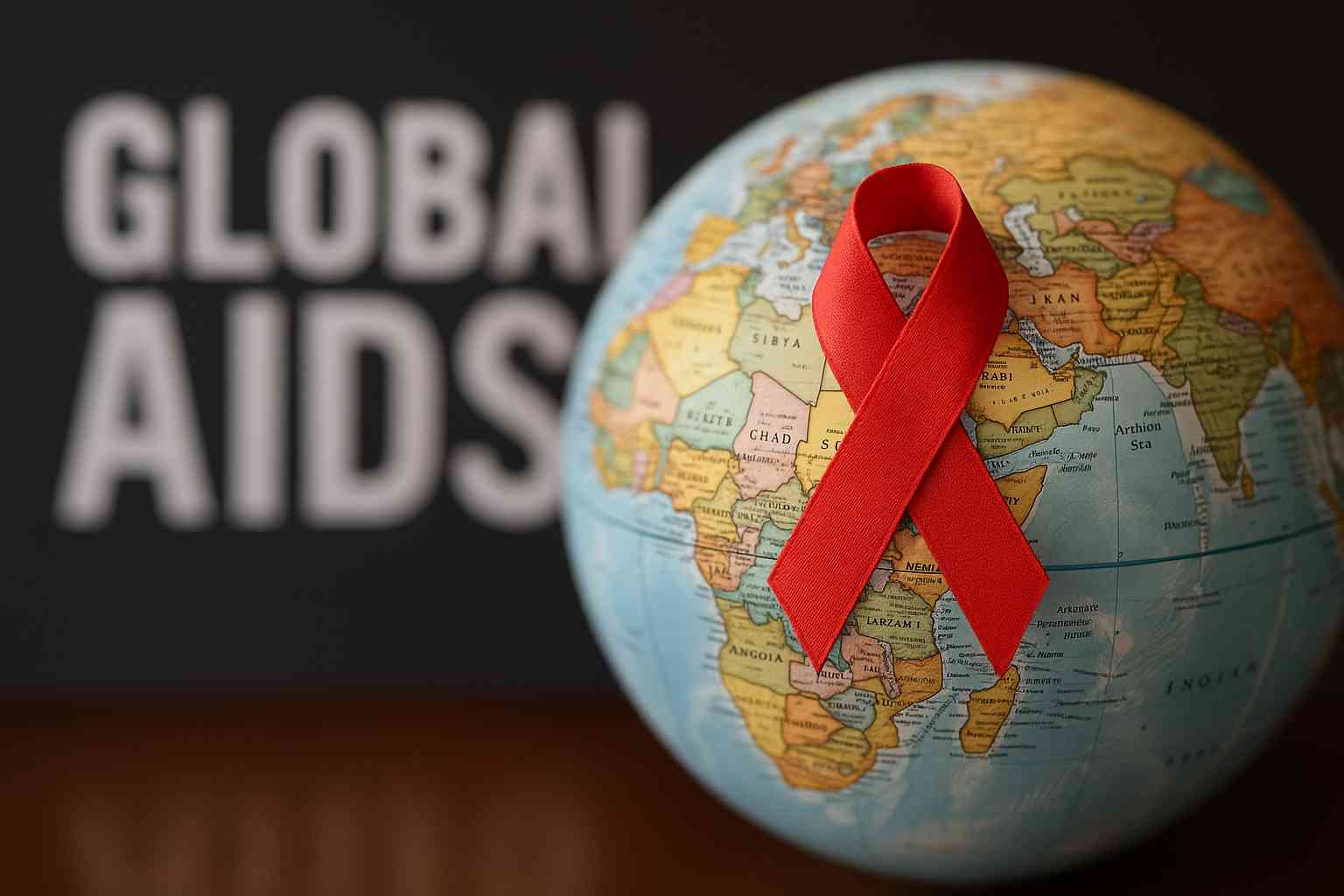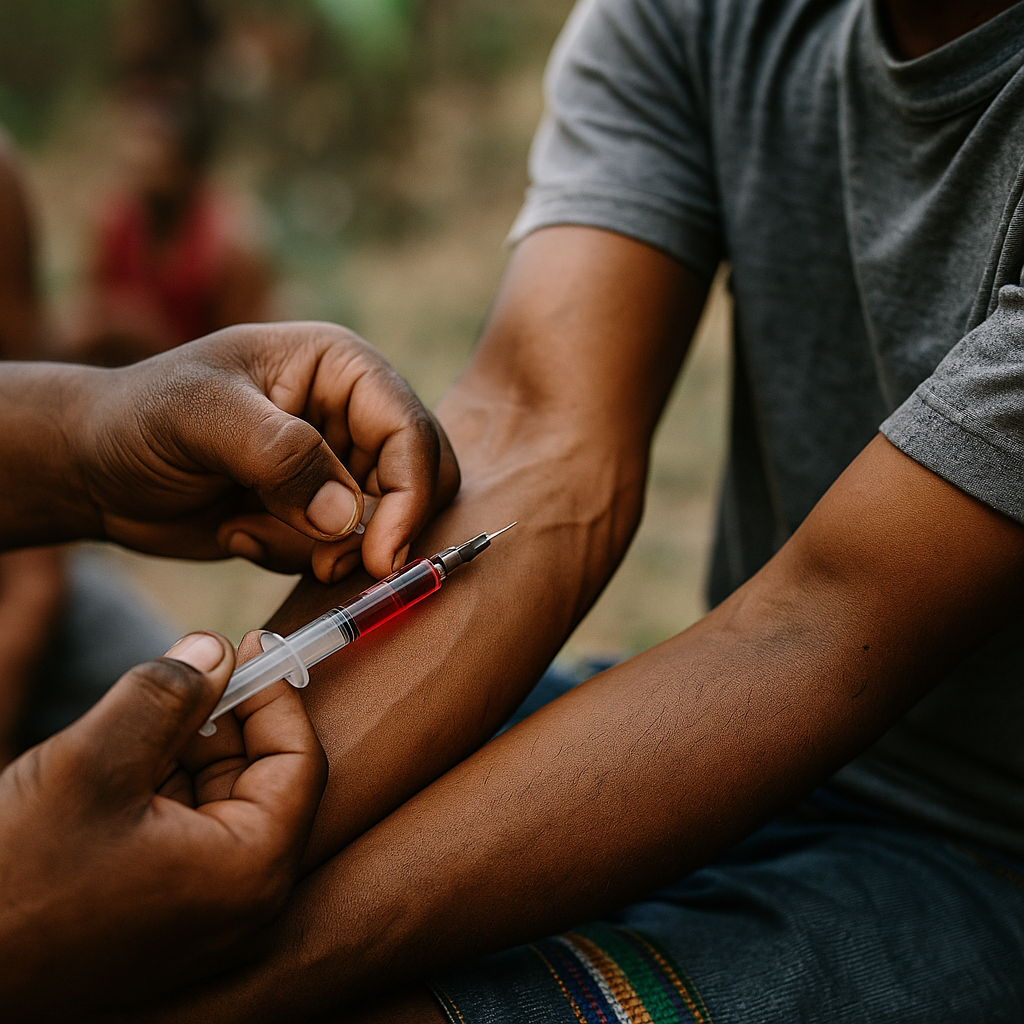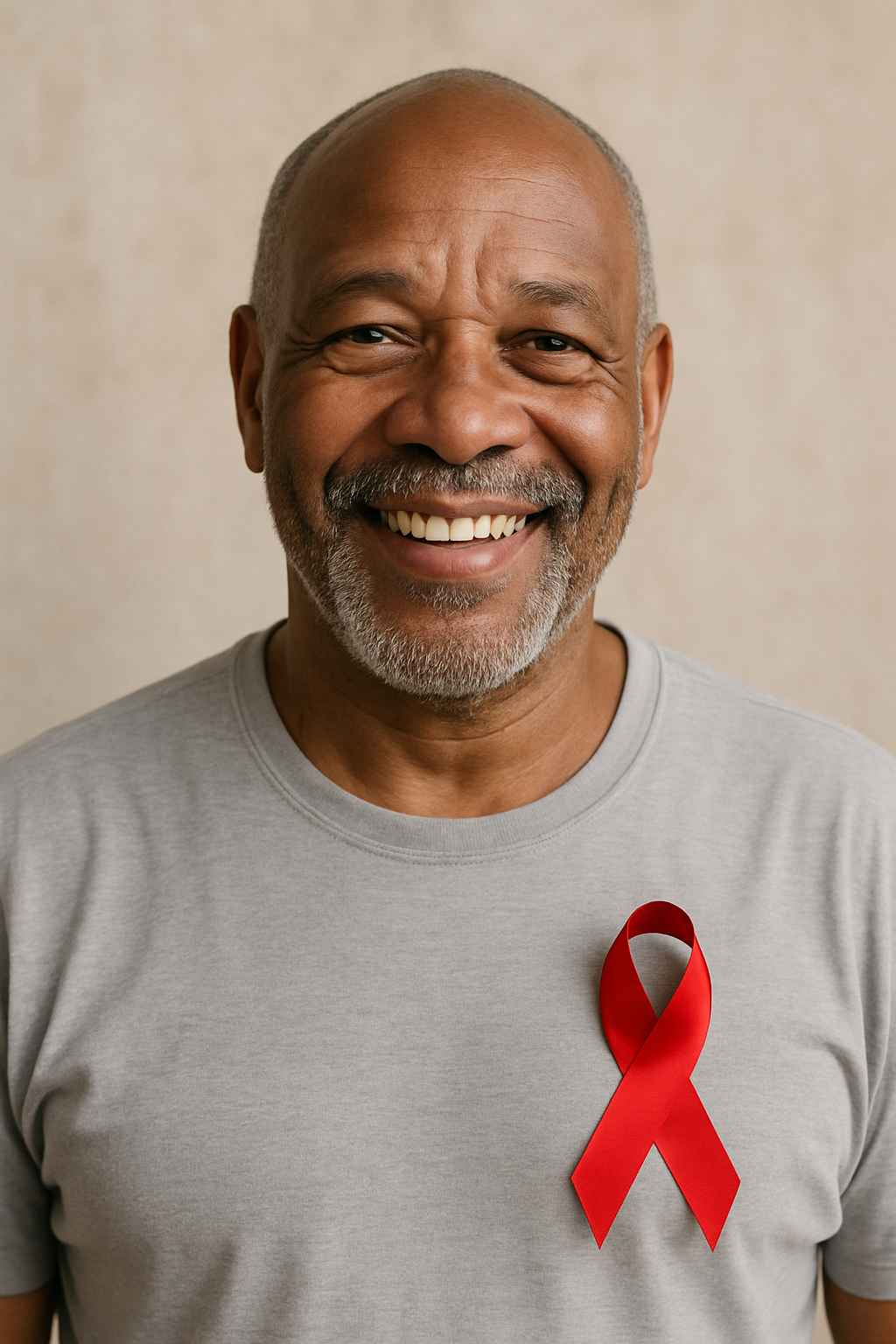
The fight against the Global AIDS epidemic has seen remarkable progress over the past few decades, yet major challenges still hinder the path to eradication. Despite the widespread availability of antiretroviral therapies and increased awareness campaigns, disparities in access, stigma, and funding gaps continue to prolong the crisis. How can the world achieve an AIDS-free future when so many systemic and social barriers remain?
Table of Contents
- Unequal Access to Treatment
- Social Stigma and Discrimination
- Funding Gaps and Policy Inertia
- The Role of Innovation and Prevention
- Conclusion
- FAQs
Unequal Access to Treatment
One of the most pressing challenges with the Global AIDS epidemic is unequal access to lifesaving treatment. Antiretroviral therapy (ART), which helps control the virus and improve the quality of life, is still out of reach for millions. While countries like the United States have robust healthcare systems that ensure access to ART, lower-income nations face shortages, logistical issues, and healthcare infrastructure gaps.
Sub-Saharan Africa remains the most affected region. In this area, nearly 70% of people living with HIV reside, yet only about 60% of them receive consistent treatment. Even when medications are available, poor healthcare systems may prevent timely distribution or follow-up care. For marginalized groups, including LGBTQ+ individuals, sex workers, and intravenous drug users, discrimination at the point of care can further deter access.
The disparity is not just geographical; it’s also socioeconomic. Within wealthier countries, people without stable housing or insurance may still struggle to receive adequate treatment. In contrast, branded medications like Isentress (raltegravir) and Biktarvy (bictegravir/emtricitabine/tenofovir) offer cutting-edge control of HIV but remain prohibitively expensive for many uninsured patients.
Social Stigma and Discrimination
Even in 2025, stigma remains a major barrier to ending the Global AIDS epidemic. Misconceptions about how HIV is transmitted continue to fuel fear and misinformation. As a result, people living with HIV may be reluctant to disclose their status, access services, or adhere to treatment.
In many cultures, HIV is wrongly associated with promiscuity or moral failings, which exacerbates shame and silence. Young people in particular may avoid testing for fear of being ostracized by family and peers. This silence can delay diagnosis, allowing the virus to progress and spread.
Healthcare providers, educators, and employers are not immune to bias. Discrimination in the workplace or denial of care due to HIV status not only violates human rights but also undermines public health. Awareness campaigns must therefore go beyond just information-sharing. They must work actively to change attitudes and normalize discussions about HIV, especially through peer-led outreach and inclusive sex education.
Community-led programs and digital health platforms have begun making strides. These initiatives foster safe spaces and use technology to connect individuals with compassionate care. However, without sufficient support and recognition, they remain underutilized. For more information about inclusive outreach, visit Healthcare.pro.
Funding Gaps and Policy Inertia
Another critical challenge is the inconsistency of global funding. While international aid has supported massive improvements, including through organizations like the Global Fund and PEPFAR, funding has plateaued or declined in recent years. Donor fatigue and competing global health crises have redirected focus away from HIV.
This stagnation is dangerous. Without sustained investment, prevention programs falter, research stalls, and treatment delivery slows. Programs targeting the most vulnerable—such as mobile clinics, pre-exposure prophylaxis (PrEP) initiatives, and harm reduction services—are often the first to face cuts.
In addition to financial gaps, political inertia plays a role. In some countries, HIV policy is outdated, punitive, or not aligned with modern evidence-based practices. For example, criminalizing HIV transmission, restricting access to clean syringes, or limiting sex education can perpetuate infection cycles. Progressive policy reform must accompany funding to ensure real change.
To stay informed about advocacy and global updates, readers can follow AIDS.org’s blog and consider supporting aligned efforts. For a deeper dive into our mission, visit our FAQ page.
The Role of Innovation and Prevention
Despite the barriers, scientific progress continues to offer hope. Innovations in diagnostics, therapeutics, and prevention strategies are reshaping the future of HIV care. Rapid diagnostic tests are now faster and more accessible than ever. These enable early detection, which is key to controlling transmission.
In the realm of treatment, long-acting injectable medications like Cabenuva have revolutionized adherence by replacing daily pills with monthly or bi-monthly shots. Additionally, research into HIV vaccines and functional cures is advancing, although commercial availability remains years away.
Prevention strategies are also becoming more nuanced. Beyond traditional condom use and education, biomedical tools like PrEP and post-exposure prophylaxis (PEP) are gaining traction. While Truvada and Descovy are widely used for PrEP, newer options with fewer side effects are being developed.
However, innovation must be paired with accessibility. A treatment or preventative tool is only as useful as its reach. Therefore, partnerships with local health systems, global nonprofits, and digital health startups are vital for equitable distribution.
Community involvement in research is equally crucial. By including diverse populations in clinical trials and health studies, scientists ensure that new solutions are both effective and inclusive. As we continue to fight the Global AIDS epidemic, combining innovation with inclusion will be the key to real transformation.
Conclusion
The Global AIDS epidemic persists not due to lack of medical tools, but because of systemic inequalities, stigma, and uneven political will. While advances in science and public health have changed the landscape, global collaboration and sustained commitment are still needed.
Efforts to end HIV must be multi-pronged—combining treatment access, policy reform, stigma reduction, and innovation. Only then can we build a future where HIV is not a death sentence, but a manageable condition, or even a relic of the past.
FAQs
Why is HIV still a global epidemic despite medical advances?
Barriers such as unequal access to treatment, social stigma, and inconsistent funding continue to prevent effective global control of HIV.
What is the role of innovation in ending the epidemic?
Innovative treatments, diagnostics, and prevention tools can accelerate progress, but they must be paired with equitable distribution and accessibility.
How does stigma impact HIV prevention and treatment?
Stigma can deter people from getting tested, disclosing their status, or adhering to treatment, which leads to further spread and worsened outcomes.
What are effective prevention methods for HIV?
Condom use, PrEP, PEP, and education are proven tools, alongside harm reduction strategies and new biomedical approaches.
Where can I learn more or get involved?
You can visit AIDS.org’s blog for updates or explore our mission to see how you can contribute.
Disclaimer
“This content is not medical advice. For any health issues, always consult a healthcare professional. In an emergency, call 911 or your local emergency services.”



